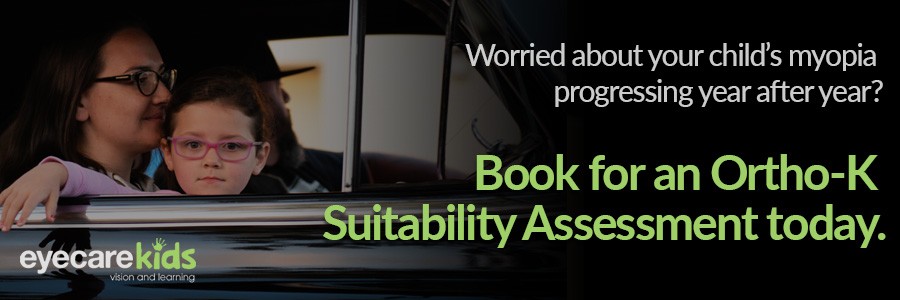Even if you’re not short-sighted now there’s a big chance you will be, even before 2050 happens.
Studies from the Brien Holden Vision Institute show strong evidence that the world is going down the path of a myopia epidemic. In Australia and New Zealand, the number of myopes (short-sighted individuals) is projected to increase from 5 million in year 2000 to 22 million in year 2050. Globally, that’s 5 billion people suffering from myopia—with 1 billion from high myopia—by year 2050. Very alarming.
Why the Shape of Your Eyeball Matters
 Glasses, contact lenses and refractive surgery may help to correct myopia, but they do not address the underlying defect—the shape of your eyeball.
Glasses, contact lenses and refractive surgery may help to correct myopia, but they do not address the underlying defect—the shape of your eyeball.
Myopia is a condition in which your eyeball is elongated. When light enters an eyeball that’s too long, the lens focuses the light in front of the retina instead of directly on it. This causes blurry vision in the distance, but clear when looking at near objects.
Because the eye grows throughout childhood, myopia generally develops in school-age children and adolescents.
Why a Myopia Epidemic Should Concern You
Myopia is a progressive condition, which means in most cases myopia gets worse and worse.
Mild myopia may limit you from doing certain activities you love because of spectacles and contact lenses. However, when mild myopia becomes moderate to high myopia, it can stretch and thin the inner parts of your eye, putting you at greater risk of very serious vision issues such as glaucoma, cataracts, retinal detachment, and myopic macular degeneration. In severe cases, this can lead to blindness.
Currently there is no cure for myopia.
What’s the Cause of Myopia Boom?
Both environmental and genetic factors are thought to play a role in the development of myopia with strong evidence pointing to insufficient outdoor time.

Researchers had consistently documented a strong association between measures of education and the prevalence of myopia—that is kids who spend more time investing in their books and on computer work developed myopia compared to kids who don’t read as much. It seemed plausible that sustained close work could alter the growth of the eyeball as it tries to accommodate the incoming light and focus close-up images squarely on the retina.
While genetics may also influence the growth of the eye, short-sightedness appears to be affected more by environmental factors such as education and not spending enough time outdoors. This explains why there is a strong myopic shift from one generation to the next in Far East Asian countries, where kids receive a great amount of pressure to achieve academic excellence, so they spend more time indoors doing near work and using digital devices than outside playing.
Our kids are happy to stay at home with their iPads, use their eyes more for near work, and there is strong evidence pointing to a myopia epidemic. This should be concerning for all of us.
Now I’m Worried. What Should I Do?
The progression of myopia can be controlled if the condition is detected early enough. An optometrist can give you and your child a comprehensive eye test, share eye health advice and show you that glasses is not the only option to control myopia.
If you or your child haven’t had an eye test in more than 2 years, it’s time.

